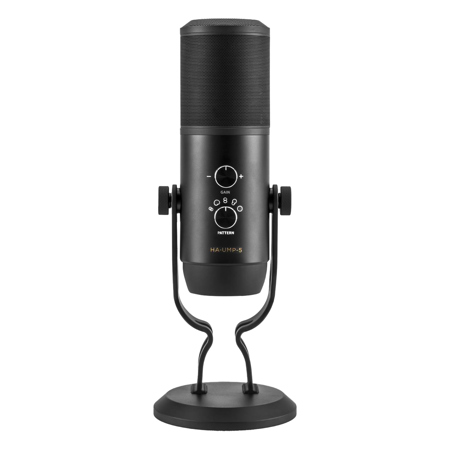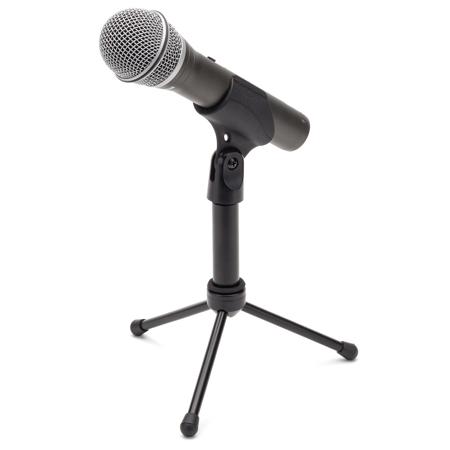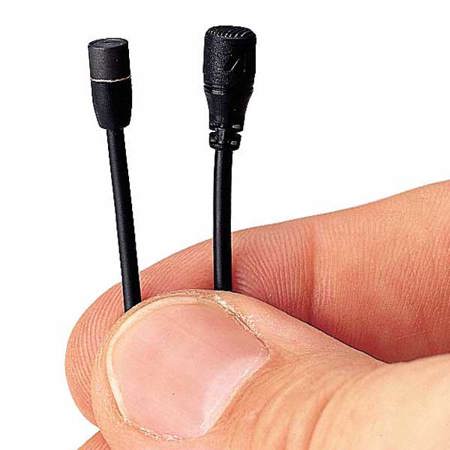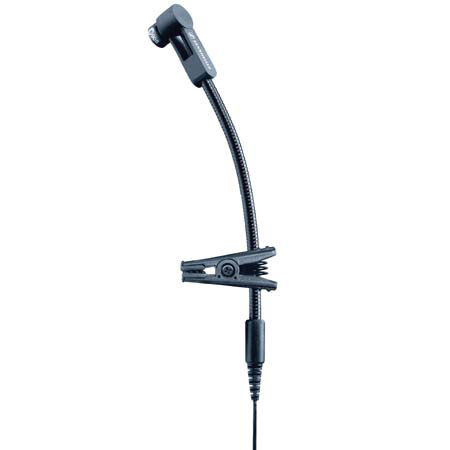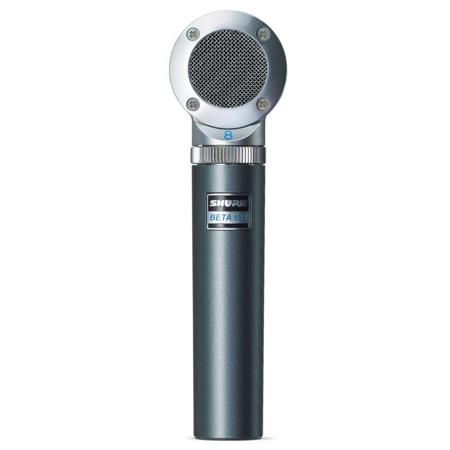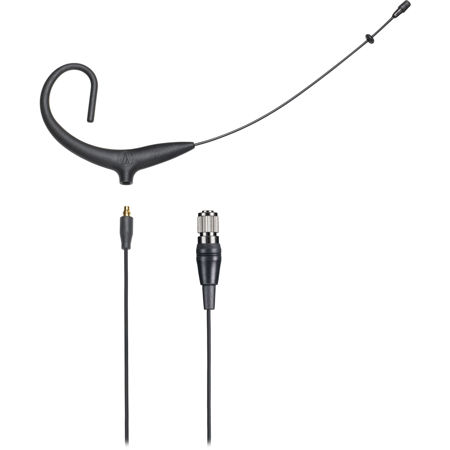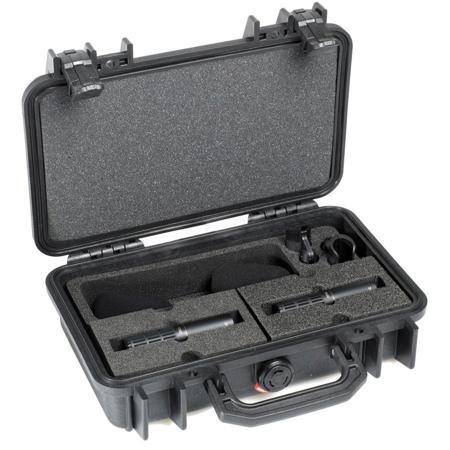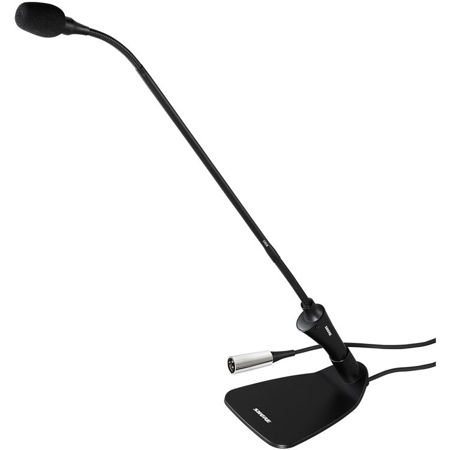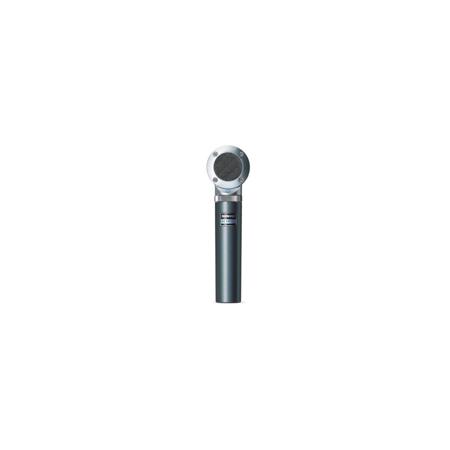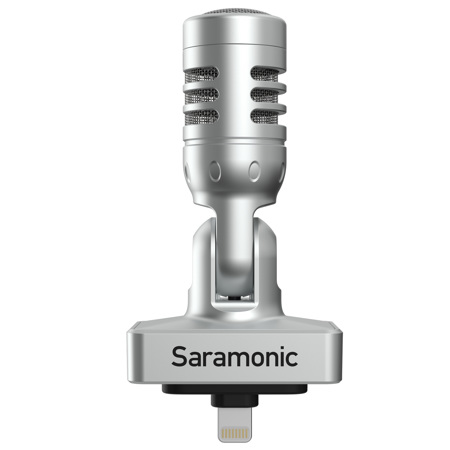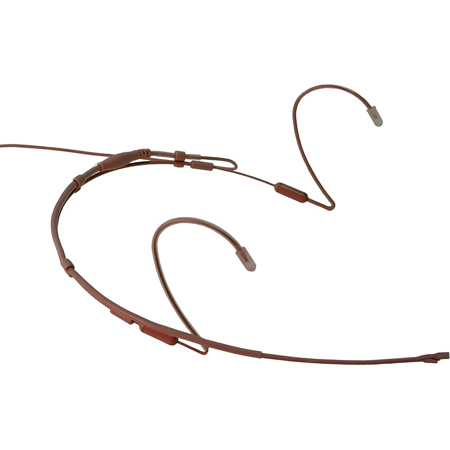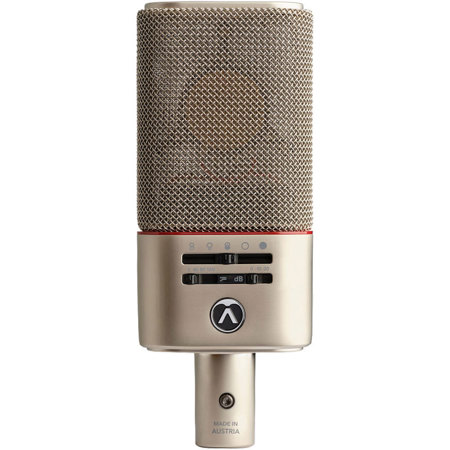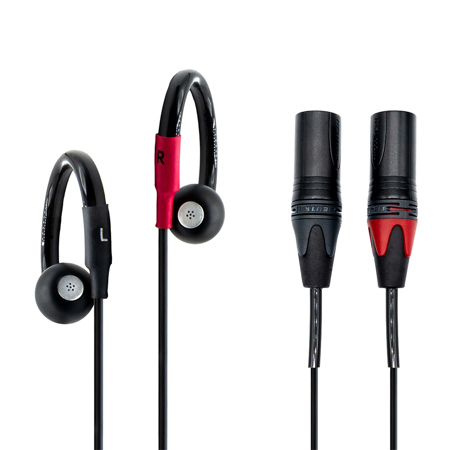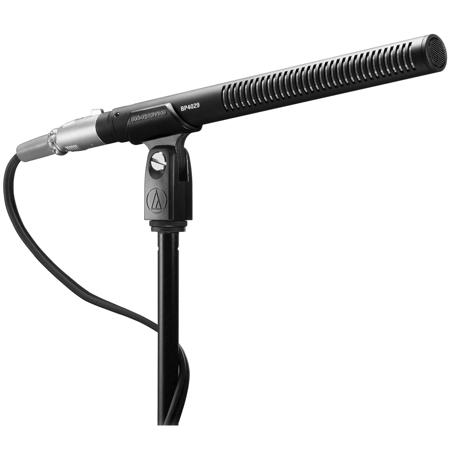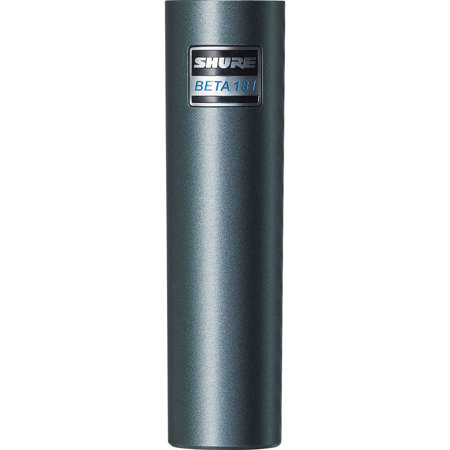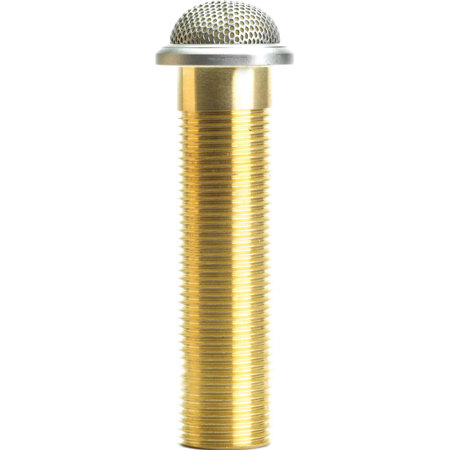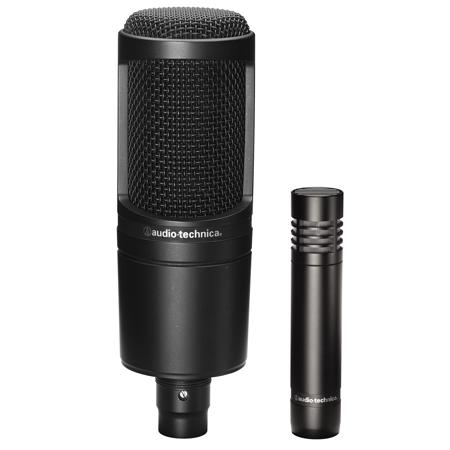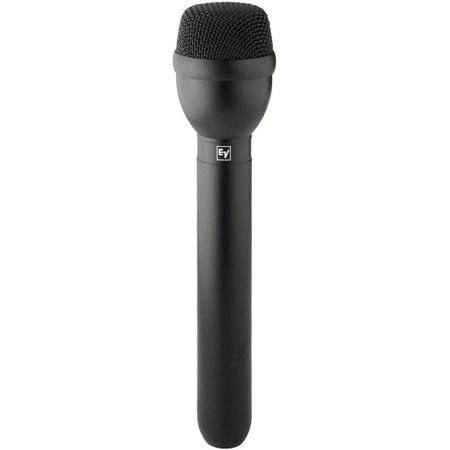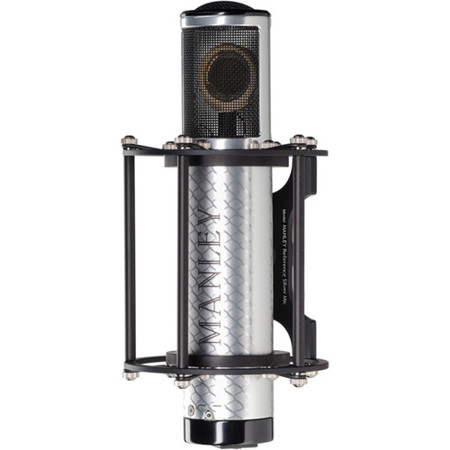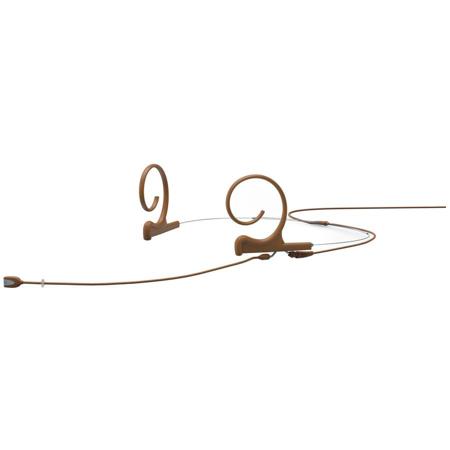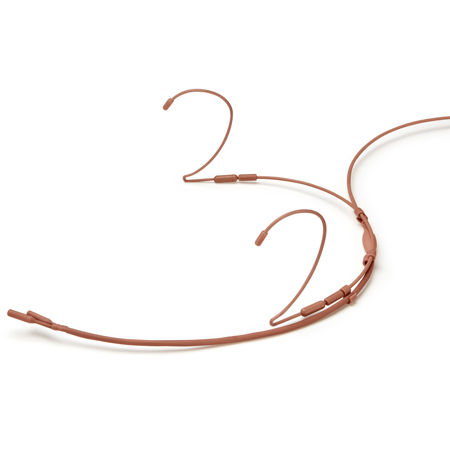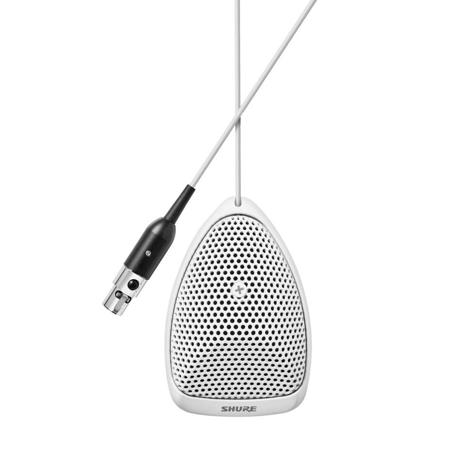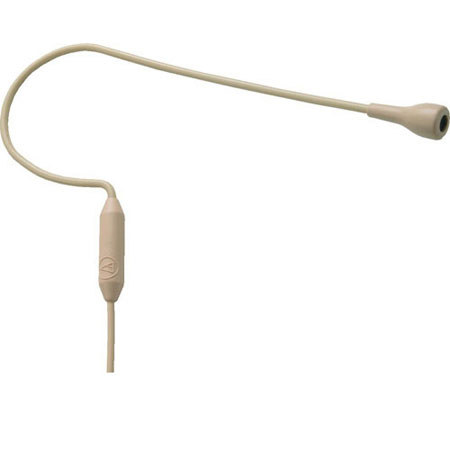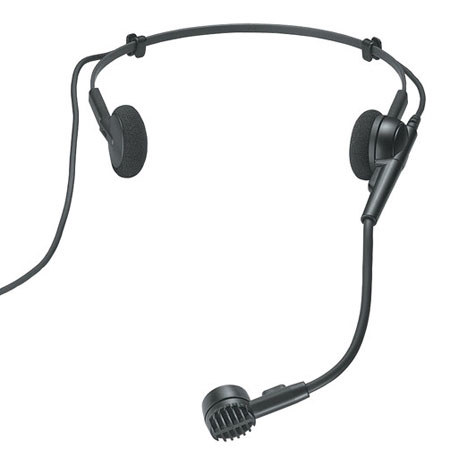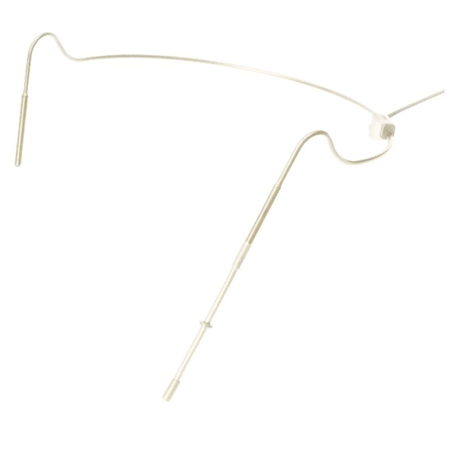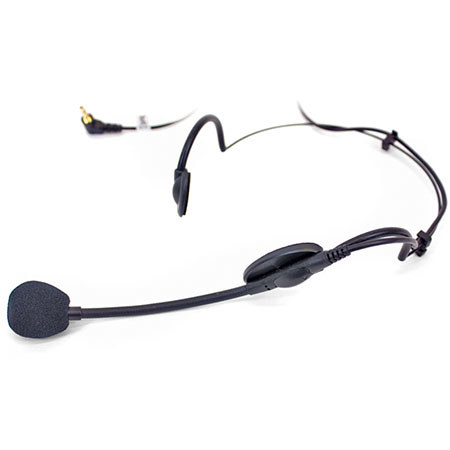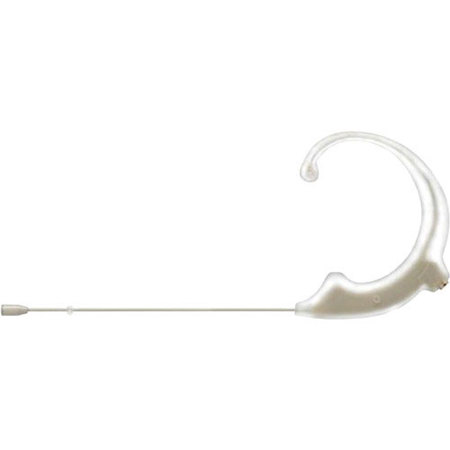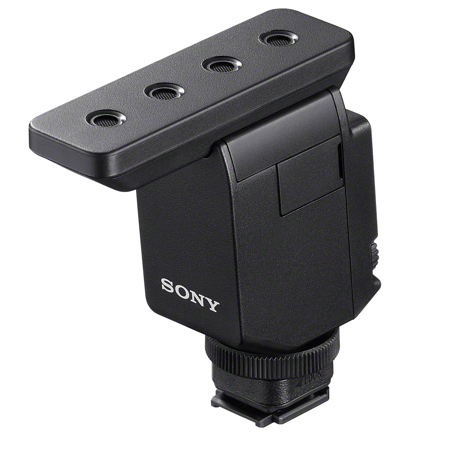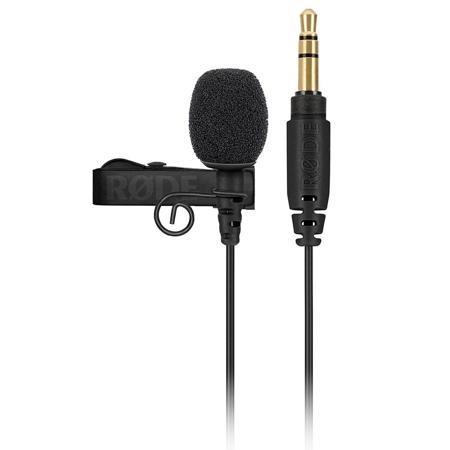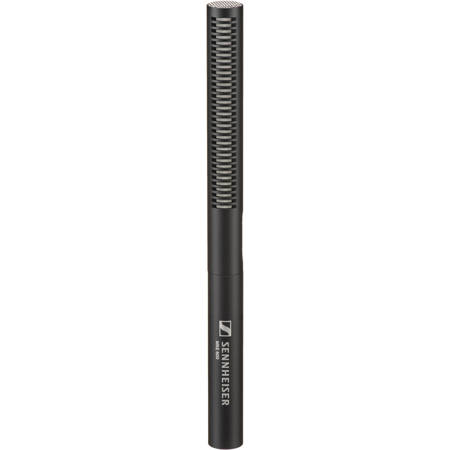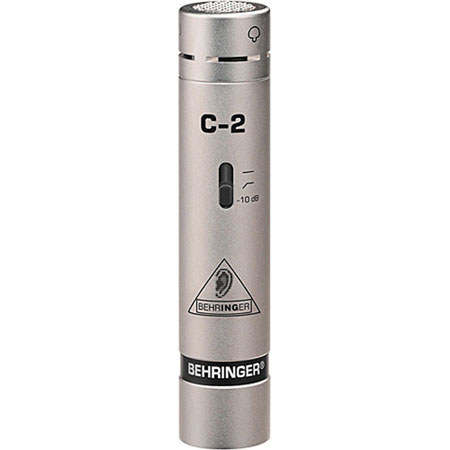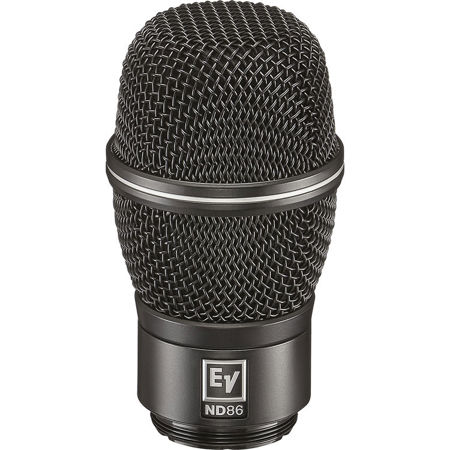Bidirectional Microphones
Bidirectional microphones, often referred to as figure-8 or bi directional microphones, stand out as essential tools for capturing sound from two opposite directions while minimizing noise from the sides. This unique polar pattern makes them a favorite among professionals and enthusiasts who demand clarity and precision in their audio recordings. Whether you’re setting up an intimate podcast, recording a heartfelt duet, or capturing the nuanced interplay between interviewer and guest, a bidirectional mic brings out the best in every voice. Their design allows for natural separation between two sound sources, making them invaluable in studio environments, on-stage performances, and even in home recording setups. Imagine a cozy summer evening, with the windows open and the warm breeze filtering in, as you sit across from a collaborator, sharing stories and melodies—these microphones capture every detail, every subtle inflection, without picking up the distractions around you.
For those considering a bidirectional microphone, it’s important to think about the environment and intended use. These mics excel in controlled spaces where side noise needs to be minimized, such as small studios, rehearsal rooms, or podcasting nooks. They are particularly well-suited for situations where two people are facing each other, as in interviews, vocal duets, or even certain instrumental pairings like piano and cello. The bi directional mic is also a thoughtful gift for the creative in your life—a podcaster looking to upgrade their setup, a musician eager to experiment with stereo recording, or a content creator who values authentic, face-to-face conversation. The summer months often bring more opportunities for collaboration, whether it’s recording in sunlit studios or taking advantage of the longer days to work on new projects. With a bidirectional microphone, the process feels effortless and the results are strikingly lifelike, capturing the essence of each performance.
When selecting a bidirectional mic, consider factors such as sensitivity, frequency response, and build quality. Look for microphones that provide a balanced, natural sound and robust construction to withstand frequent use. Compatibility with your existing audio interface or recording device is also key, as is the option for additional features like low-cut filters or switchable polar patterns for added versatility. For those interested in expanding their audio toolkit, exploring related options like Dual Channel Microphones can open up new creative possibilities. Ultimately, a bi directional microphone is more than just a piece of equipment—it’s a gateway to richer storytelling, deeper musical expression, and more meaningful connections, whether you’re capturing the laughter of friends on a summer night or the intricate harmonies of a carefully arranged song.
For those considering a bidirectional microphone, it’s important to think about the environment and intended use. These mics excel in controlled spaces where side noise needs to be minimized, such as small studios, rehearsal rooms, or podcasting nooks. They are particularly well-suited for situations where two people are facing each other, as in interviews, vocal duets, or even certain instrumental pairings like piano and cello. The bi directional mic is also a thoughtful gift for the creative in your life—a podcaster looking to upgrade their setup, a musician eager to experiment with stereo recording, or a content creator who values authentic, face-to-face conversation. The summer months often bring more opportunities for collaboration, whether it’s recording in sunlit studios or taking advantage of the longer days to work on new projects. With a bidirectional microphone, the process feels effortless and the results are strikingly lifelike, capturing the essence of each performance.
When selecting a bidirectional mic, consider factors such as sensitivity, frequency response, and build quality. Look for microphones that provide a balanced, natural sound and robust construction to withstand frequent use. Compatibility with your existing audio interface or recording device is also key, as is the option for additional features like low-cut filters or switchable polar patterns for added versatility. For those interested in expanding their audio toolkit, exploring related options like Dual Channel Microphones can open up new creative possibilities. Ultimately, a bi directional microphone is more than just a piece of equipment—it’s a gateway to richer storytelling, deeper musical expression, and more meaningful connections, whether you’re capturing the laughter of friends on a summer night or the intricate harmonies of a carefully arranged song.
